Deakin University MIS772: Predictive Analytics - Wine Rating Report
VerifiedAdded on 2023/01/19
|5
|884
|43
Report
AI Summary
This report presents a predictive analytics case study aimed at assisting Australian Wine Importers in making informed decisions regarding wine selection. The study focuses on two key questions: identifying wines similar to a new introduction and estimating the rating of the new wine in the Australian market. The analysis utilizes a dataset of 1300 wine entries, encompassing variables such as wine title, country, province, region, variety, winery, description, designation, and price. The methodology includes cluster analysis and text mining to compare wines based on origin and rating points, alongside segmentation analysis to examine relationships between wine characteristics and ratings. The results indicate that new wines from the USA, France, and Italy have the highest rating points, suggesting that these countries are prime sources for importation. The report also highlights that higher-priced wines tend to receive higher ratings. Overall, the analysis provides valuable insights for Australian Wine Importers to optimize their wine selection strategies based on data-driven predictions.
1 out of 5
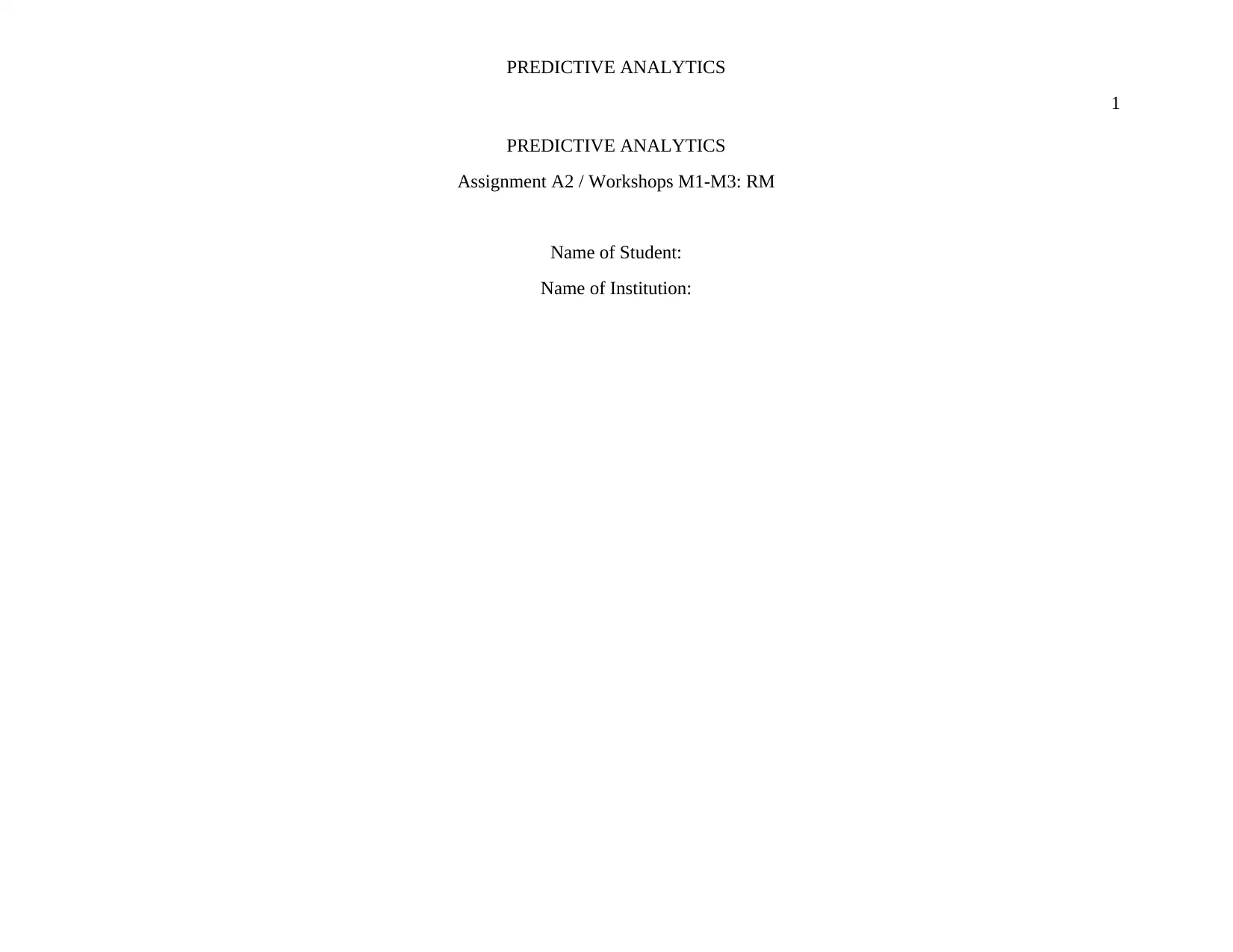
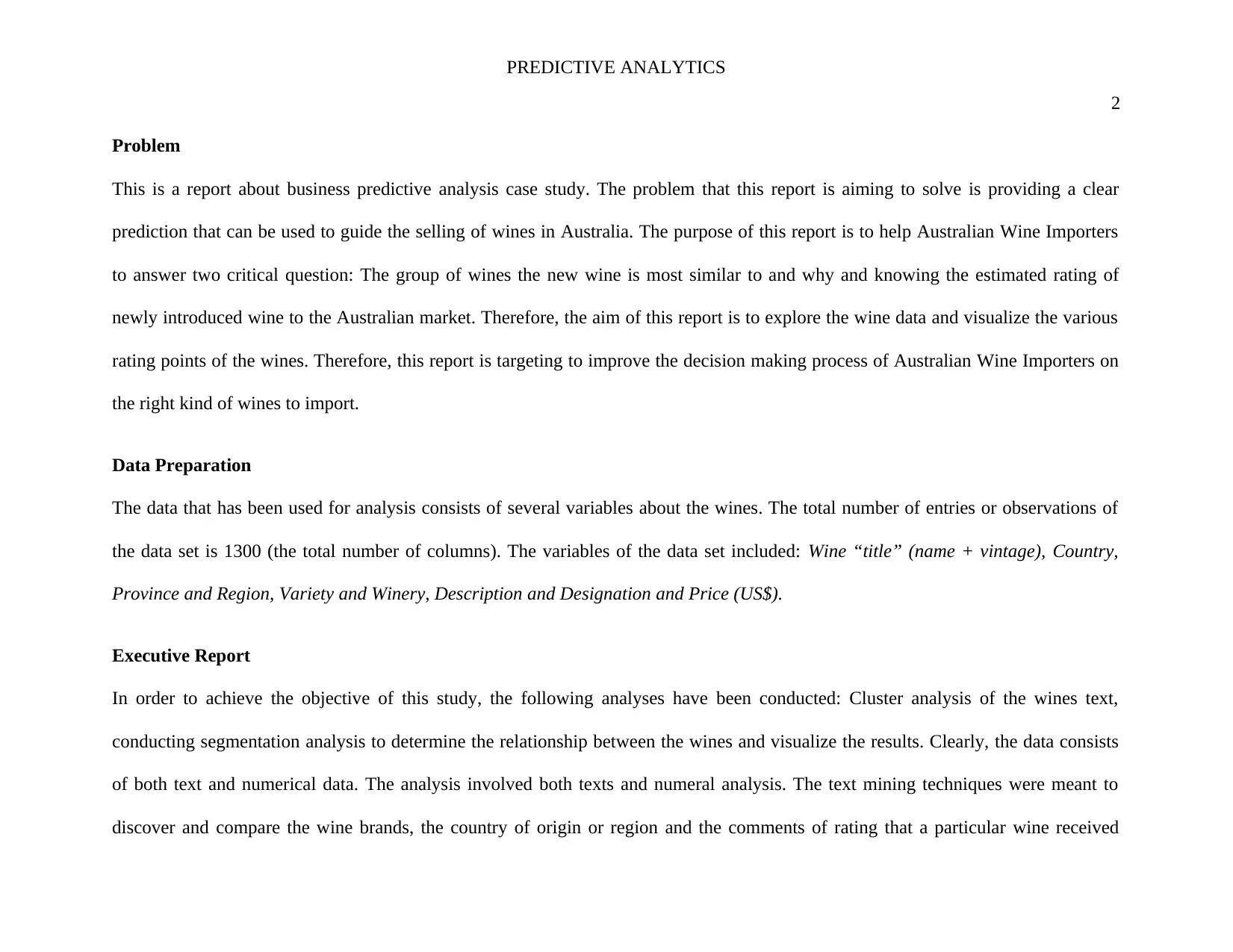
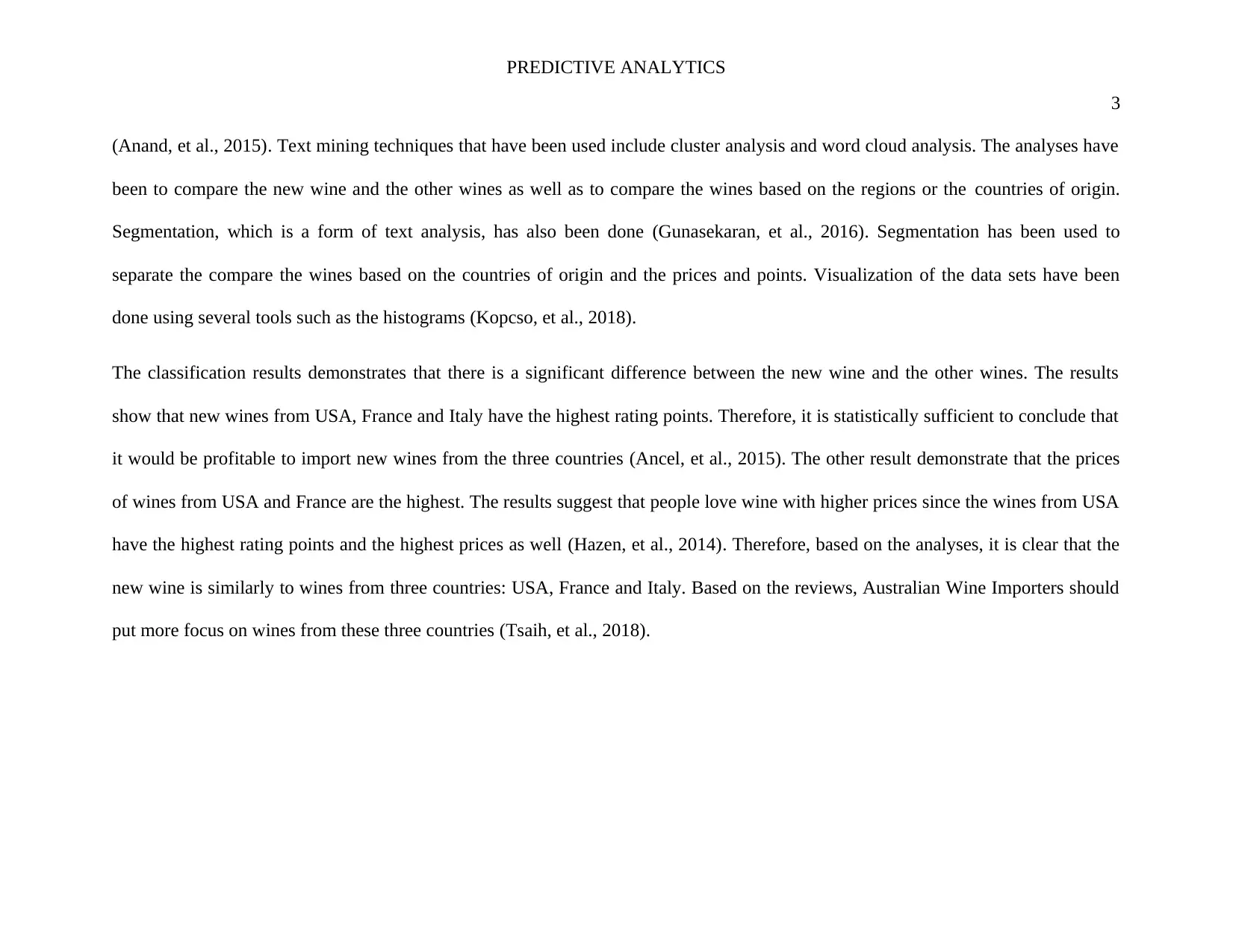

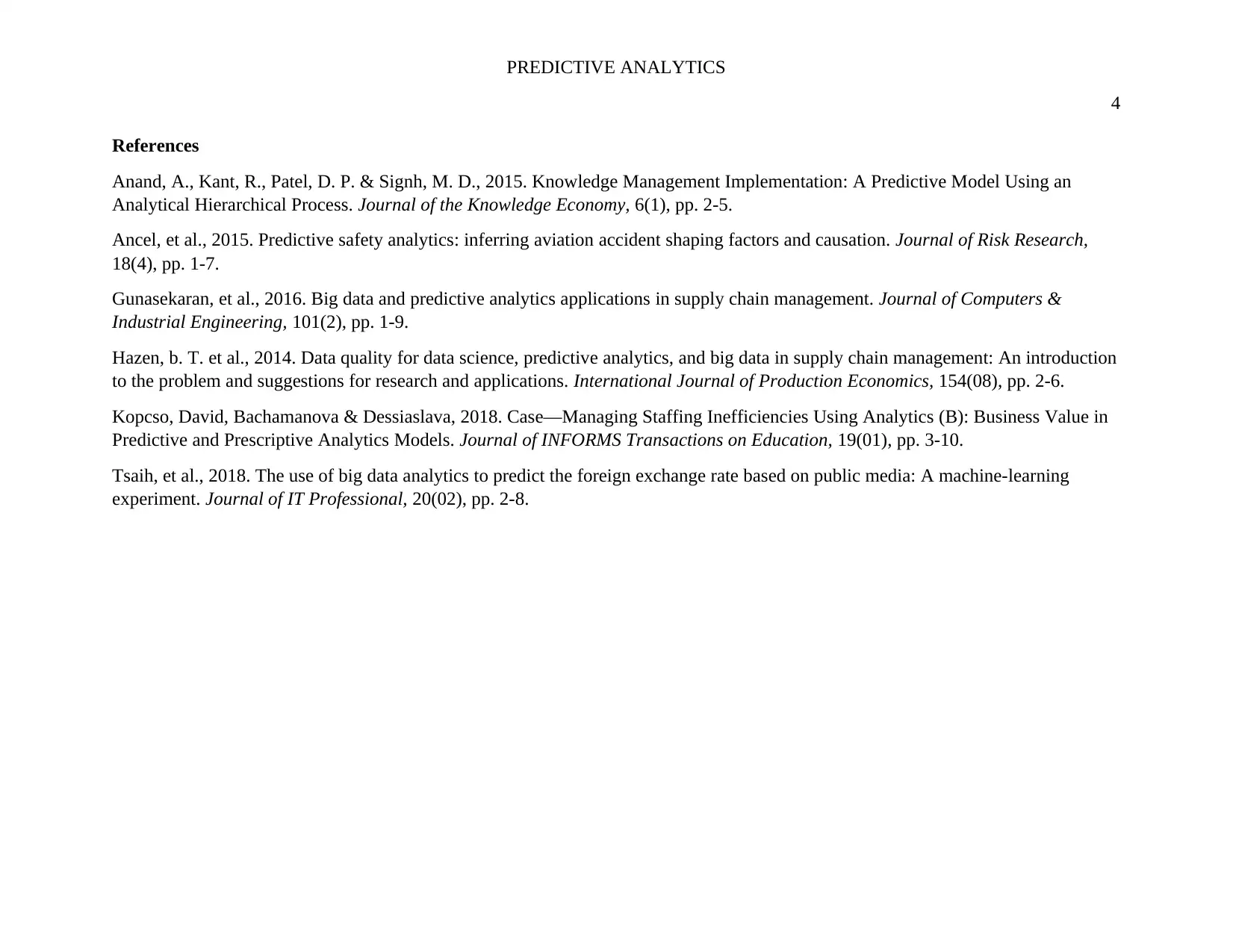
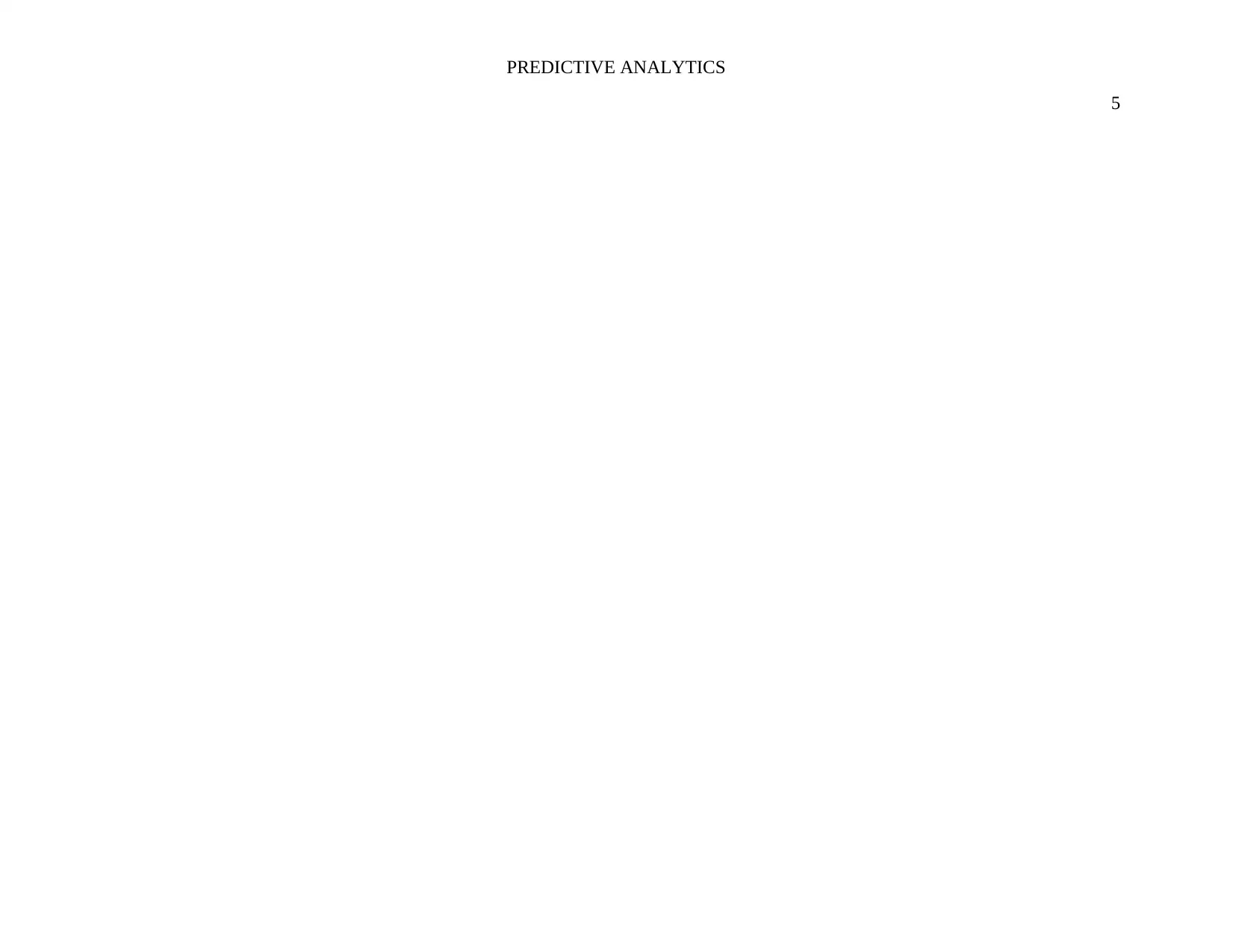




![[object Object]](/_next/static/media/star-bottom.7253800d.svg)